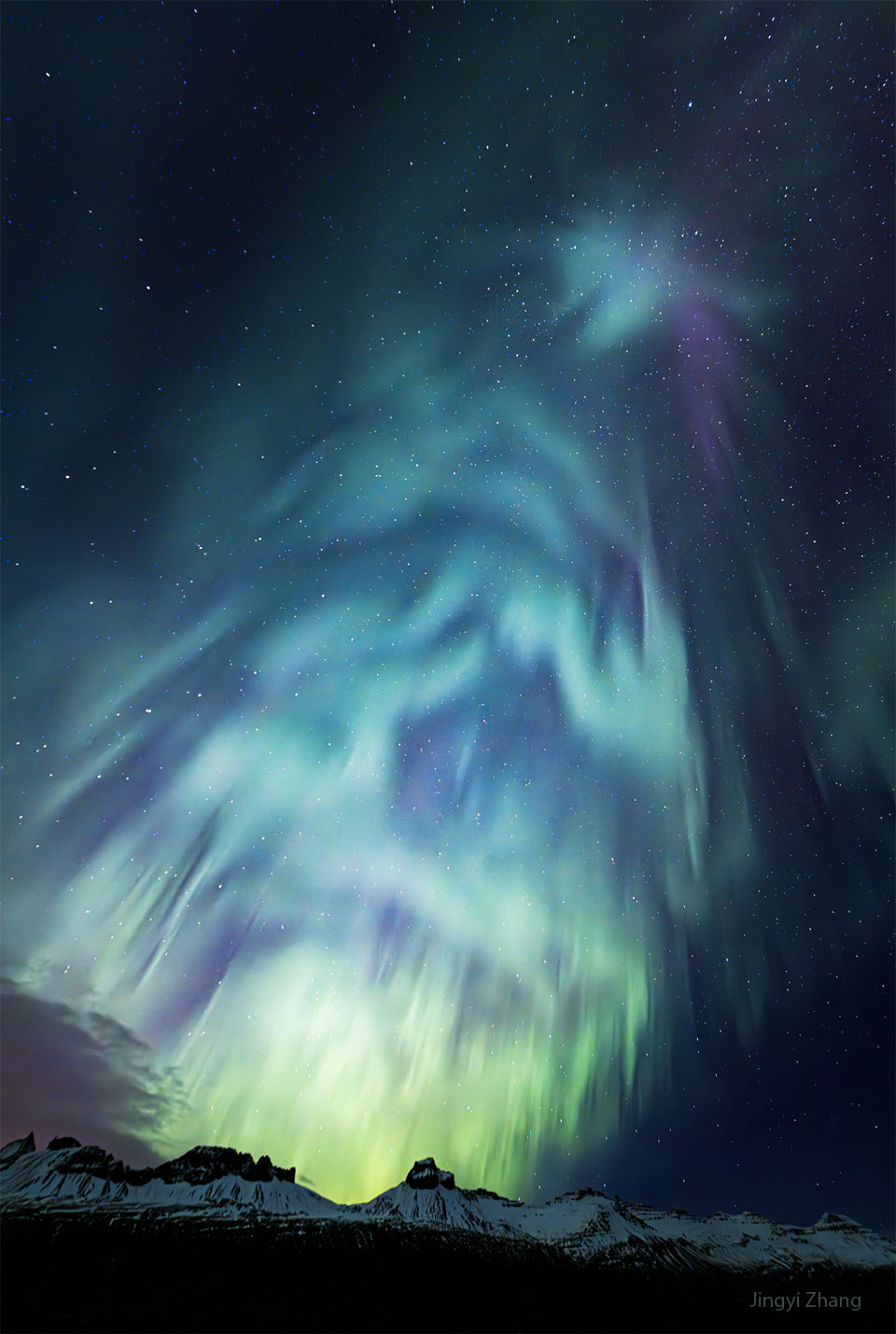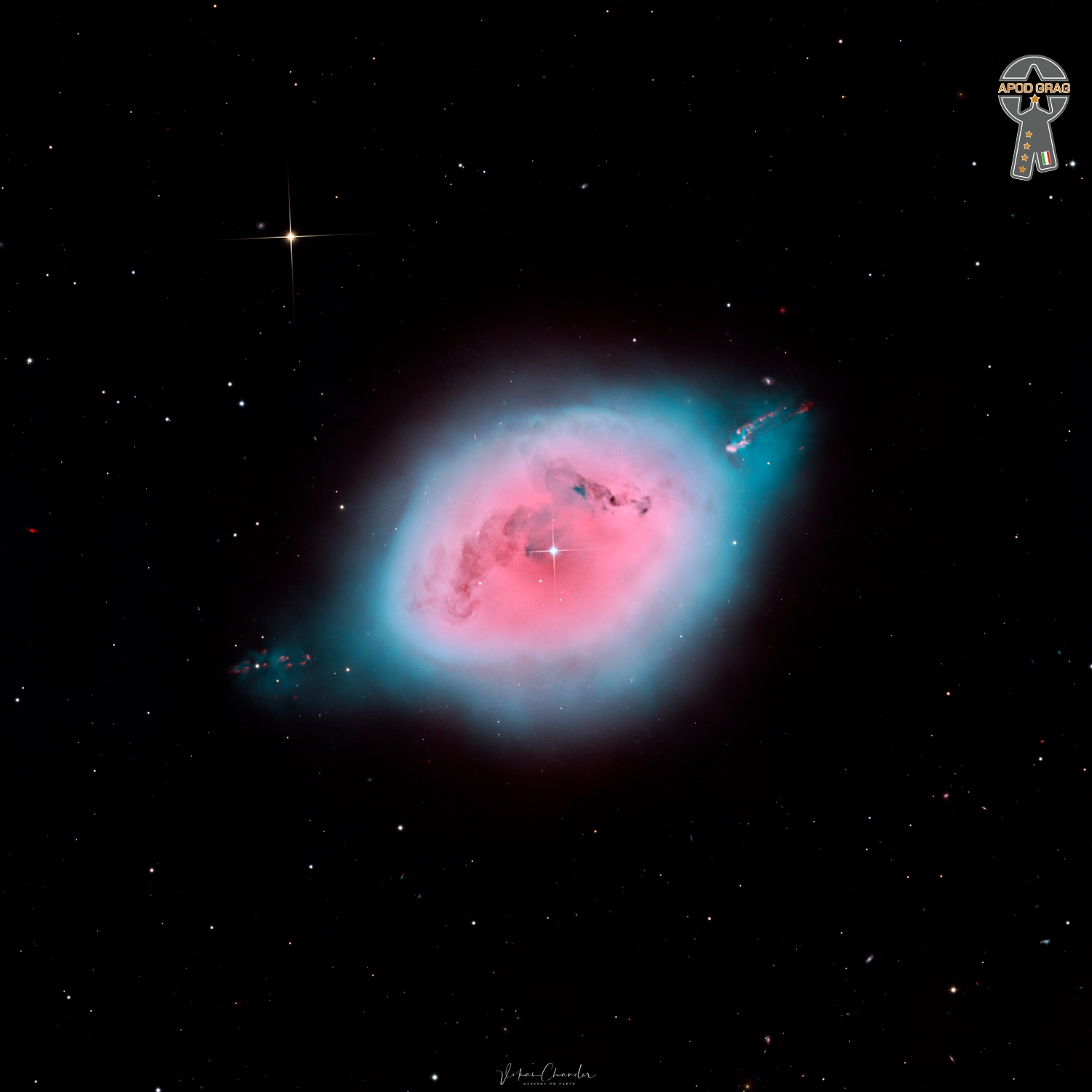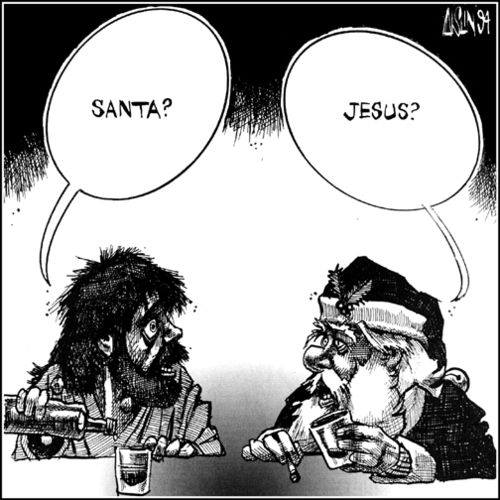Blog
David Louis Bartholomew (December 24, 1918 – June 23, 2019) was an American musician, bandleader, composer, arranger, and record producer. He was prominent in the music of New Orleans throughout the second half of the 20th century. Originally a trumpeter, he was active in many musical genres, including rhythm and blues, big band, swing music, rock and roll, New Orleans jazz, and Dixieland. In his induction into the Rock and Roll Hall of Fame, he was cited as a key figure in the transition from jump blues and swing to R&B and as “one of the Crescent City’s greatest musicians and a true pioneer in the rock and roll revolution”.
Many musicians have recorded Bartholomew’s songs, but his partnership with Fats Domino produced some of his greatest successes. In the mid-1950s they wrote more than forty hits for Imperial Records, including the Billboard number one pop chart hit “Ain’t That a Shame“. Bartholomew’s other hit songs as a composer include “I Hear You Knocking“, “Blue Monday“, “I’m Walkin’“, “My Ding-a-Ling“, and “One Night“. He was a member of the Songwriters Hall of Fame, the Rock and Roll Hall of Fame, and the Louisiana Music Hall of Fame.
more...Irving Lee Dorsey (December 24, 1924 – December 1, 1986) was an American pop and R&B singer during the 1960s. His biggest hits were “Ya Ya” (1961) and “Working in the Coal Mine” (1966). Much of his work was produced by Allen Toussaint, with instrumental backing provided by the Meters.
Born in New Orleans, Louisiana, Dorsey was a childhood friend of Fats Domino. He moved to Portland, Oregon when he was ten years old. He served in the United States Navy in World War II and began a career in prizefighting. Boxing as a featherweight in Portland in the early 1950s, he fought under the name Kid Chocolate and was not successful, fighting only one time and being knocked out in the second round.He returned to New Orleans in 1955, where he opened an auto repair business as well as singing in clubs at night.
His first recording was “Rock Pretty Baby/Lonely Evening” on Cosimo Mattasa’s Rex label, in 1958. This was followed by “Lottie Mo/Lover of Love”, for the small Valiant label in late 1960 (picked up by ABC Paramount in 1961). These efforts were unsuccessful, but around 1960 he was discovered by A&R man Marshall Sehorn, who secured him a contract with Fury Records, owned by Bobby Robinson. After meeting songwriter and record producer Allen Toussaint at a party, he recorded “Ya Ya“, a song inspired by a group of children chanting nursery rhymes. It went to number seven on the Billboard Hot 100 in 1961, sold over one million copies, and was awarded a gold disc. Although the follow-up “Do-Re-Mi” also made the charts, later releases on Fury were not successful. Dorsey returned to running his repair business, but also released singles on the Smash and Constellation labels in 1963 and 1964.
more...Raphael Homer “Ray” Bryant (December 24, 1931 – June 2, 2011) was an American jazz pianist, composer, and arranger.
Bryant was born in Philadelphia, Pennsylvania, on December 24, 1931. His mother was an ordained minister who had taught herself to play the piano; his father also played the piano and sang. His brothers were the bass player Tommy, drummer and singer Len, and Lynwood. Ray began playing the piano around the age of six or seven, following the example of his mother and his sister, Vera. Gospel influences in his playing came from being part of the church at this stage in his early life. He had switched from classical music to jazz by his early teens and played the double bass at junior high school. He was first paid to play when he was 12: “I would play for dances, and they’d sneak me into bars. I’d get four or five bucks a night, which was good money then.” He turned professional aged 14, and immediately joined a local band led by Mickey Collins.
more...Warren “Baby” Dodds (December 24, 1898 – February 14, 1959) was an American jazz drummer born in New Orleans, Louisiana. He is regarded as one of the best jazz drummers of the pre-big band era. He varied his drum patterns with accents and flourishes, and he generally kept the beat with the bass drum while playing buzz rolls on the snare. Early influences included Louis Cottrell, Sr., Dave Perkins, and Tubby Hall. Dodds was among the first drummers to be recorded improvising while performing. In many of his recordings, Dodds had to use a wood block rather than a drum set because of the nature of the recording technology. It was therefore difficult to hear Dodds’ original style from early recordings, such as his 1923 sessions with King Oliver’s Creole Jazz Band. Dodds did, however, begin recording again in 1940, and by this time, the technology was able to show his talent on the drum set. Dodds is perhaps the first jazz drummer to record unaccompanied: in 1945 he recorded two solos for Circle Records, and the next year recorded a series of solos and reminiscences for Folkways Records. On his part of the record, Dodds discusses his drumming techniques and his drumset and playing examples of techniques. This record gives an idea of what Dodds would have sounded like in his prime had the recording technology been what it is today. In 1954, he played for a Natty Dominique recording session which also featured bassman Israel Crosby and pianist Lil Hardin Armstrong.
more...Shimmering, the vivid green, blue, and purple auroral colors that formed the tree-like apparition were caused by high atmospheric oxygen and nitrogen reacting to a burst of incoming electrons. Collisions caused the orbital electrons of atoms and molecules to jump into excited energy states and emit visible light when returning to their normal state. The featured image was captured in Djúpivogur, Iceland during the last month of 2023. Our Sun is currently in its most energetic phase of its 11-year cycle, with its high number of active regions and sunspots likely to last into next year. Of course, the Sun has been near solar maximumduring this entire year, with its outbursts sometimes resulting in spectacular Earthly auroras.

Cyro Baptista (born December 23, 1950) is a Brazilian-born percussionist in jazz and world music. He creates many of the percussion instruments he plays.
Born in São Paulo, Brazil, Baptista arrived in the U.S. in 1980 with a scholarship to Creative Music Studioin Woodstock, New York.
During the 1980s, he worked on films with John Zorn and appeared on Zorn’s albums in the 1990s. Also in the ’90s, he appeared on albums by Marisa Monte, Holly Cole, and Cassandra Wilson. In 1997 he released his first solo album, Vira Loucos, with cover versions of music by Heitor Villa-Lobos. The album was recorded with Marc Ribot and Nana Vasconcelos and released by Avant, a label owned by Zorn. He was a member of Zorn’s band Dreamers.
more...Esther Phillips (born Esther Mae Washington; December 23, 1935 – August 7, 1984 Galveston, TX) was an American singer, best known for her R&B vocals. She rose to prominence in 1950, scoring several major R&B hits including “Double Crossing Blues” and “Mistrustin’ Blues” under the moniker “Little Esther”. In the 1960s, she achieved chart success with the country song “Release Me” and recorded in the pop, jazz, blues and soul genres. Phillips received a Grammy nomination for her single “Home Is Where the Hatred Is” in 1973 and her disco recording of “What a Diff’rence a Day Makes” was a major hit in 1975. She died from liver and kidney failure due to long-term drug abuse in 1984.
Phillips died at UCLA Medical Center in Carson, California, in 1984, at the age of 48, from liver and kidney failure due to long-term drug abuse. Her funeral services were conducted by Johnny Otis.
more...
Alberto Hemsi (27 June 1898 – 8 October 1975) was a composer of the 20th century classical era. His work in the field of ethnomusicology and integration of Sephardic melodies has been noted as parallel to Béla Bartók‘s collection of traditional Hungarian music and consequent integration to his music.
Hemsi was born in 1898 in Turgutlu in the Ottoman Empire to a family of Sephardic Jews. From an early age, Alberto’s parents detected a keen sensitivity and interest in music, especially during prayers sung in synagogue, and decided to send him to stay with his uncle in Smyrne (now Izmir). Hemsi studied at the school of the Alliance Israélite Universelle (A.I.U.) from 1908 to 1913. At the A.I.U., he studied flute, trombone, cornet, and the clarinet, but his true passions were for the piano and for composition.
more...Frank Morgan (December 23, 1933 – December 14, 2007 Minneapolis) was a jazz saxophonist with a career spanning more than 50 years. He mainly played alto saxophone but also played soprano saxophone. He was known as a Charlie Parker successor who primarily played bebop and ballads.
Frank Morgan was born in Minneapolis, Minnesota in 1933, but spent most of his childhood living with his grandmother in Milwaukee, Wisconsin while his parents were on tour. Morgan’s father Stanley was a guitarist with Harlan Leonard and the Rockets and The Ink Spots, and his mother, Geraldine, was a 14-year-old student when she gave birth to him. Morgan took up his father’s instrument at an early age, but lost interest the moment he saw Charlie Parker take his first solo with the Jay McShann band at the Paradise Theater in Detroit, Michigan. Stanley introduced them backstage, where Parker offered Morgan advice about starting out on the alto sax, and they met at a music store the following day. Morgan, seven years old at the time, assumed they’d be picking out a saxophone, but Parker suggested he start on the clarinet to develop his embouchure. Morgan practiced on the clarinet for about two years before acquiring a soprano sax, and finally, an alto. Morgan moved to live with his father (by that time divorced) in Los Angeles, California at the age of 14, after his grandmother caught him with marijuana.
more...Chesney Henry “Chet” Baker Jr. (December 23, 1929 – May 13, 1988 Yale, OK) was an American jazz trumpeter and vocalist. He is known for major innovations in cool jazz that led him to be nicknamed the “Prince of Cool”.
Baker earned much attention and critical praise through the 1950s, particularly for albums featuring his vocals: Chet Baker Sings (1954) and It Could Happen to You (1958). Jazz historian Dave Gelly described the promise of Baker’s early career as “James Dean, Sinatra, and Bix, rolled into one”. His well-publicized drug habit also drove his notoriety and fame. Baker was in and out of jail frequently before enjoying a career resurgence in the late 1970s and 1980s. Early on May 13, 1988, Baker was found dead on the street below his room in Hotel Prins Hendrik, Amsterdam, with serious wounds to his head, apparently having fallen from the second-story window. Heroin and cocainewere found in his room and in his body. No evidence of a struggle was found, and the death was ruled an accident. According to another account, he inadvertently locked himself out of his room and fell while attempting to cross from the balcony of the vacant room adjacent to his own. A plaque was placed outside the hotel in his memory.
more...
Lying some 1,500 light-years away, spanning about 3 lights years across in the constellation of Fornax, lies a planetary nebula with a shape and color reminiscent of a blue robin’s egg.
Recognized as a planetary nebula, NGC 1360 doesn’t represent a beginning though, but instead an end in the evolution of an aging star. A planetary nebula is created when a star blows off its outer layers after it has run out of fuel to burn. These outer layers of gas expand into space, forming a nebula which is often the shape of a ring or bubble. About 200 years ago, William Herschel called these spherical clouds planetary nebulae because they were round like the planets, but since then many more planetary nebula have been discovered of varying shapes. At the center of a planetary nebula, the glowing, left-over central part of the star from which it came can usually still be seen. It is expected that our Sun will also form a planetary nebula at the end of its life cycle.

Lil Green (probably born Lillie May Johnson; December 22, 1901 (some sources give 1905, 1910 or 1919 Port Gibson, MS) – April 14, 1954) was an American classic female blues singer and songwriter. She was among the leading female rhythm and blues singers of the 1940s, with a sensual soprano voice. Gospel singer R.H. Harris lauded her voice, and her interpretation of religious songs.
more...John Patitucci (born December 22, 1959) is an American jazz bassist and composer.
John James Patitucci was born in Brooklyn, New York. He began playing the electric bass at age 10, performing and composing at age 12, and at age 15, started playing the acoustic bass, as well as piano by age 16. He listened to bass parts in R&B songs on the radio and on his grandfather’s jazz records. He cites as influences Oscar Peterson‘s albums with Ray Brown and Wes Montgomery‘s with Ron Carter. For the development of rhythm, he points to the time he has spent with Danilo Pérez, a pianist from Panama.
In the late 1970s he studied acoustic bass at San Francisco State University and Long Beach State University. He began his professional career when he moved to Los Angeles in 1980 and made connections with Henry Mancini, Dave Grusin, and Tom Scott. From the mid-1980s to the mid-1990s he was a member of three Chick Corea groups: the Elektric Band, the Akoustic Band, and the quartet. As a leader he formed a trio with Joey Calderazzo and Peter Erskine, and a quartet with Vinnie Colaiuta, Steve Tavaglione, and John Beasley. He has played with Herbie Hancock, Wayne Shorter, and Roy Haynes. Patitucci switches between double bass and electric bass.
more...Ronald Ball (December 22, 1927 – October 1984) was an English jazz pianist, composer and arranger. n the early 1950s Ball worked both as a bandleader and under Ronnie Scott, Tony Kinsey, Victor Feldman, and Harry Klein. In 1952, he moved to New York City and studied with Lennie Tristano. At the time, it was his ambition to learn more about the American jazz scene and in the 1950s and 1960s he worked extensively with other jazz musicians. Among the musicians Ball performed with are Chuck Wayne (1952), Dizzy Gillespie, Lee Konitz (1953–55), Kenny Clarke, Hank Mobley, Art Pepper, J.J. Johnson (1956), Kai Winding (1956, 1958), Warne Marsh,(1956–57), Buddy Rich (1958), Gene Krupa (1958), Roy Eldridge (1959) and Chris Connor (1961–63).
more...More Posts
- Doug MacLeod
- Pee Wee Ellis
- Slide Hampton
- Mundell Lowe
- World Music I Zefirelli
- Daily Roots The Viceroys
- Happy Easter 2025
- Cosmo M42
- Tim Drummond
- Tito Puente
- Lionel Hampton
- World Music Fairuz
- Daily Roots Irie Souljah & Jesse Royal
- Ara Gevorgyan
- Dar Williams
- Cosmo C/2025 F2 SWAN
- Alan Price
- Bernie Worrell
- Eddie Kramer
- Dick Cully
